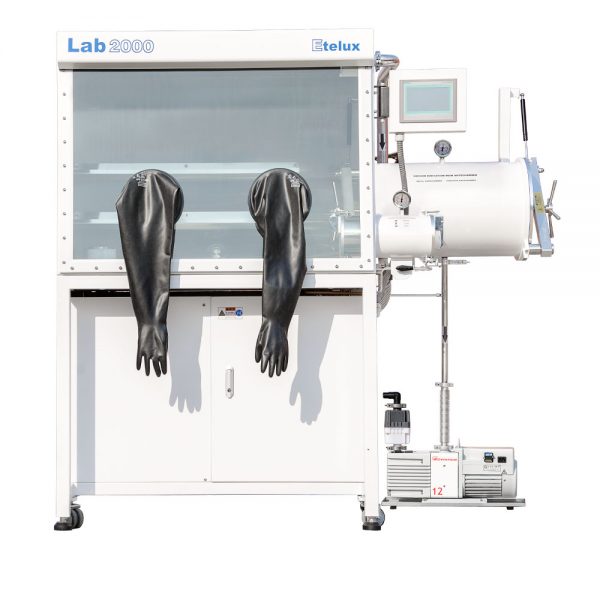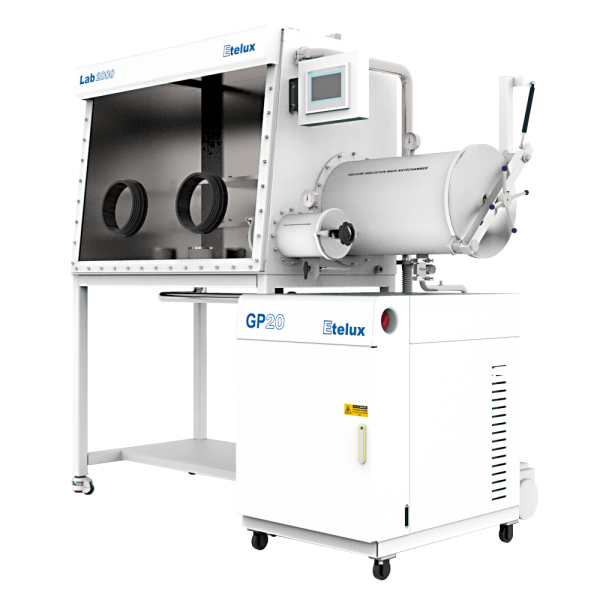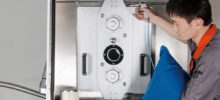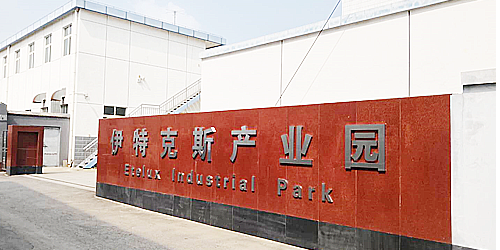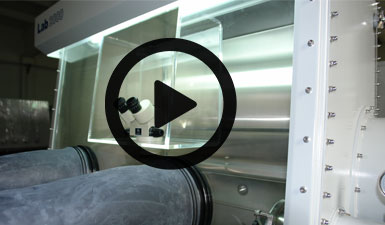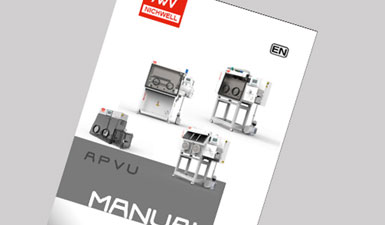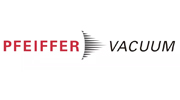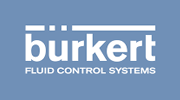Equipment selection and installation:
Select a glove box that is of reliable quality and well manufactured. Ensure that its material has good corrosion resistance and sealing.
Installation by professionals to ensure that the installation process is in line with the specifications, connecting parts of the tight fit.
Regular inspection and maintenance:
Regularly check the sealing gaskets and seals of the glove box for deterioration, wear or damage. If problems are found, replace them promptly.
Check the sealing performance of the glove opening to ensure that the glove and the interface are well sealed.
Check and maintain the hinges and latches of doors, windows and other moving parts to ensure that they function properly and fit tightly when closed.
Cleaning and Maintenance:
Keep the inside of the glove box clean to avoid damage to the sealing parts caused by debris or chemical residues.
Avoid overly strenuous operations inside the glove box to avoid damage to the sealing structure.
Gas Monitoring:
Install a gas leak monitoring device to detect possible leaks in time.
Regularly test for gas leaks, e.g. using specialized equipment such as helium mass spectrometer leak detectors.
Operation specification:
When using the glove box, the operator should open and close the door, loading and unloading items and other operations according to the correct operating procedures to avoid sealing damage due to improper operation.
It is strictly prohibited to carry out experiments or operations beyond the design scope of the glove box to avoid damage to its structure.
For example, in a chemical laboratory, regular arrangements for professionals to check and maintain the sealing components of the glove box, quarterly replacement of sealing gaskets, and rigorous training of operators, so that the glove box always maintains good sealing, effectively guaranteeing the safety and accuracy of the experiment. As another example, by installing an advanced gas leakage monitoring system on the production line of a factory, we are able to detect tiny leakage points at the first time and repair them in time, thus ensuring the stability and safety of the whole production process.
Worldwide shipping
Shipping & Returns

